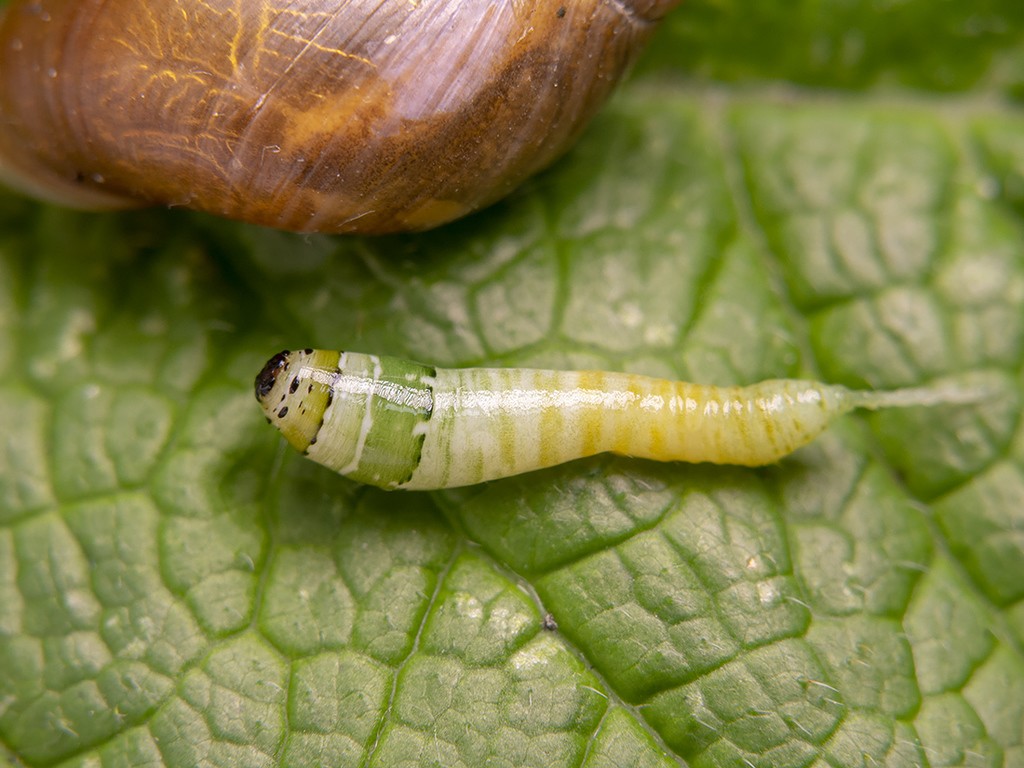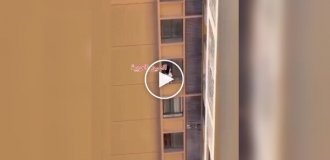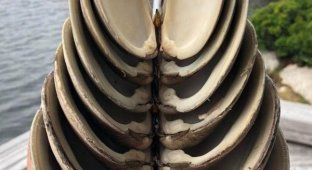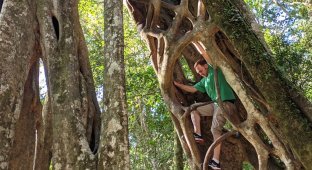In some films about aliens, for example, or in horror films you could see how a fictional parasite enters the human brain and begins to control it. Is it fictional? According to some estimates, about 40% from all known animal species are parasites. It turns out our the planet is teeming with them. 
All parasites are very different. One doesn't care who parasitize, while others are fixated on a particular species or group of animals. Some choose one "master" for life, others - go through several to complete their life cycle. So Leucochloridium worms are active, which are believed to turn snails into zombies. 
Leucochloridium are flukes or trematodes - these are class of parasitic flatworms. Their distinguishing features are suckers with which they grab objects. All flukes are parasites and most of them have a complex life cycle, during which they change owners. In the state of the larva, they like to settle in molluscs, and in their most diverse places - some even manage to parasitize on the genitals. Then they move to intermediate or final host. 
How is it with Leucochloridium? adults are long flatworms. They parasitize in the intestines some species of birds, most often passerines. Before they die lay larvae that leave the animal with litters. Do you know who love bird droppings? Snails! If correct species, it is usually a snail amber from the genus Succinea, eats eggs, then larvae hatch from them. In the next phase of development, they turn into sporocysts. Inside sporocysts develop into small larvae. They are also called brood pouches. These pouches look like pulsating tubes with colorful stripes. Brood pouches do not appear anywhere, but in the most visible place - on the eye stalks or tentacles of the snail. Struck Leucochloridium snails can no longer retract horns. Her tentacles begin to pulsate and shimmer with multi-colored stripes, after all, because of the transparent skin, the brood sac is clearly visible.
Since the 1800s, scientists and naturalists have been debating whether whether the movements of Leucochloridium broods and the colors they produce are a ruse for birds. Indeed, from the side, the affected eye stalks look like wriggling caterpillars. When a bird swallows one of the snail's eyes, the larvae will be inside it and rush to the intestines. 
In the 1920s and 1930s, scientists were talking about the fact that Leucochloridium manipulate the snail into a zombie. They are force the mollusk to deviate from its usual behavior, drive it out to well-lit and open places where the bird could notice it. AT At that time, it was not possible to prove this.
In 2013, Wanda Wieslowska and Tomasz Weskowski watched amber snails in the Polish Bialowieza National Park. Individuals infected with parasites, really behaved differently - they tried climb as high as possible and choose well-lit places. What not say about healthy snails. In 2022 in the Journal of Environmental Biology” published a study in which the brood sacs of Leucochloridium were said to pulsate during the day more active than at night. That is, they are more active at the time when most birds are hunting. Coincidence? We don't think!
But even if the parasite manipulates the snail, then understand how exactly he does it until he succeeds. We hope that in the near future we are not waiting for the zombie snail apocalypse.
1 comment
Add your comment
You might be interested in:





























